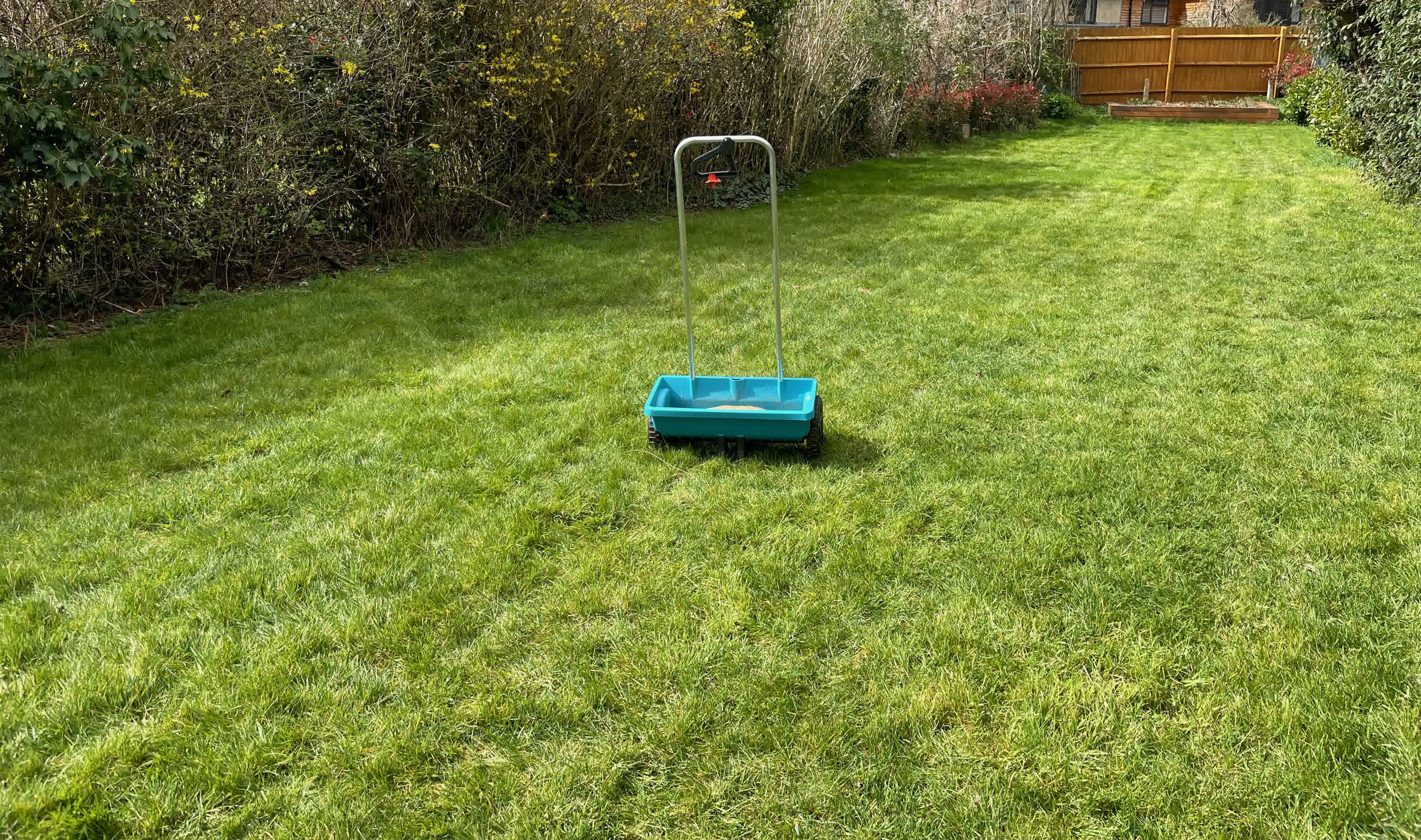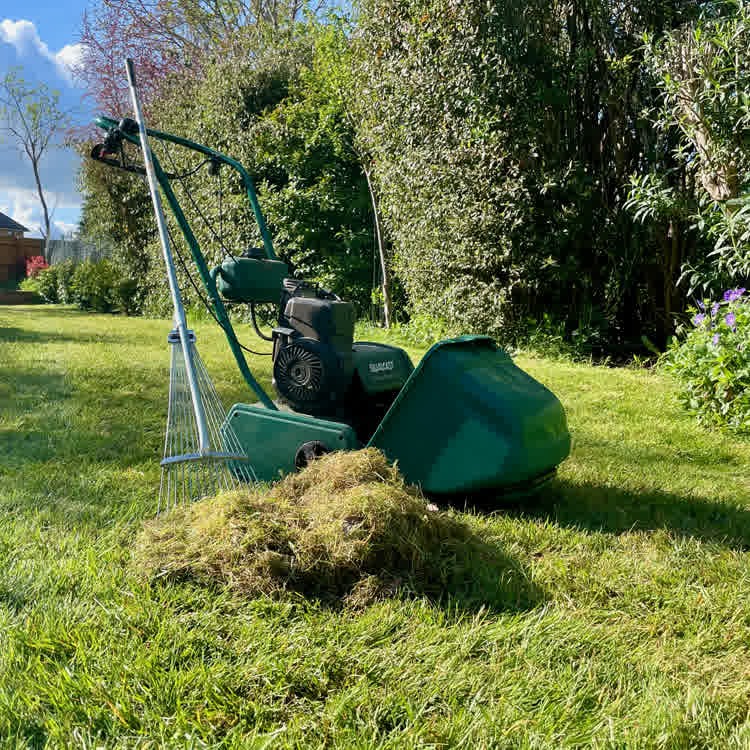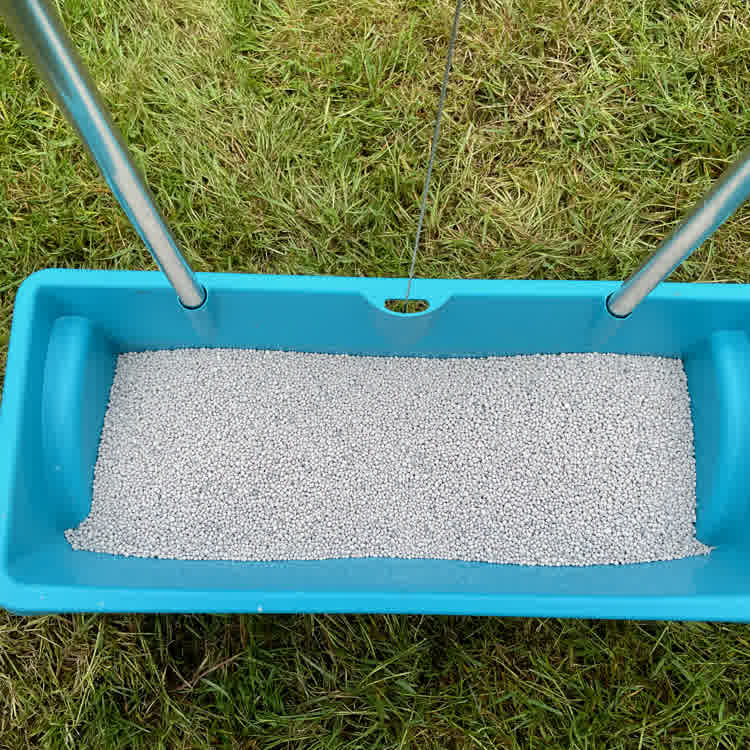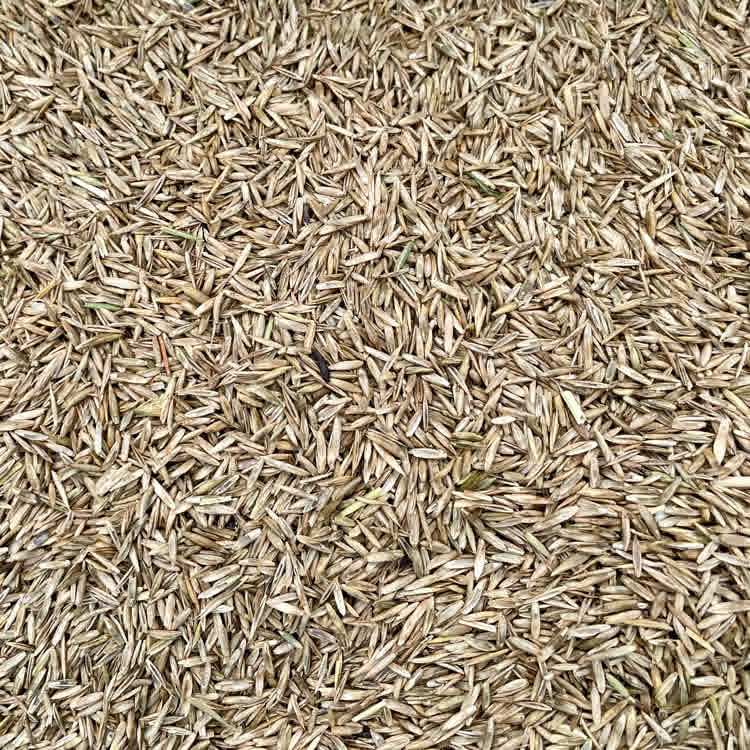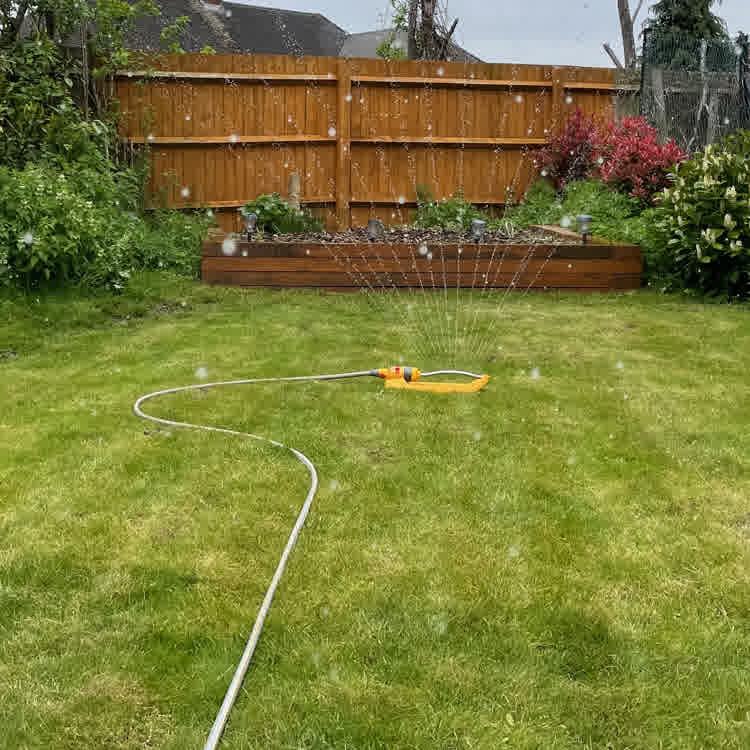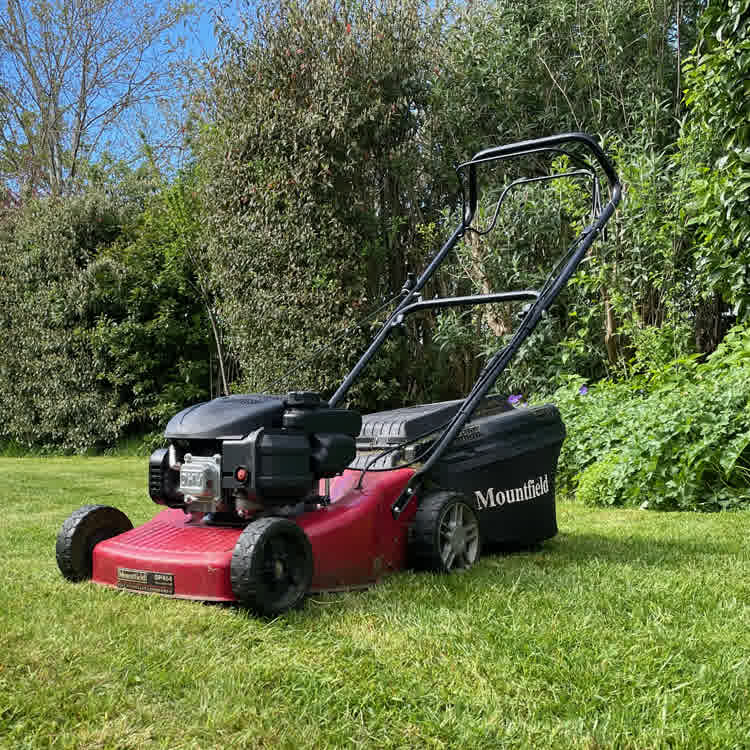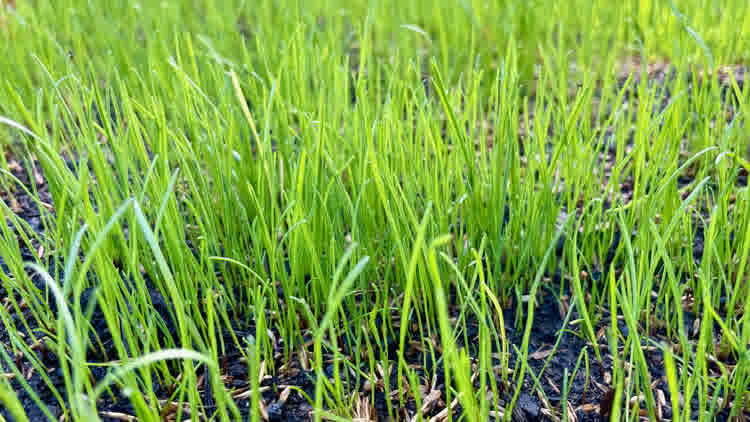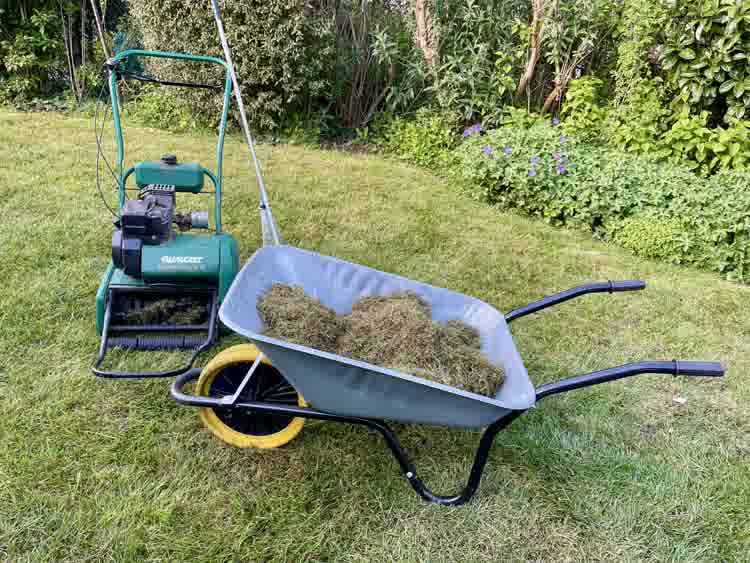What is overseeding?
Overseeding is the process of sowing grass seed into an existing lawn.
Why should I overseed my lawn?
Reasons for overseeding your lawn include:
Overseeding can help create a denser lawn, which has several benefits. In addition to improving the appearance of your lawn, a thicker lawn can also naturally crowd out weeds. This means you can reduce the need for chemical weed killers, which is not only better for the environment, but also for your wallet!
Over time, the grass in your lawn can become thin and patchy due to wear and tear. Overseeding can help introduce new grass varieties, bringing new life to your lawn and filling in bare patches.
The new grass blades will add a lush green color to your lawn, making it look more vibrant and healthy.
By overseeding with different species of grass, you can introduce diversity to your lawn, which can help it better adapt to changing environmental conditions and resist disease and pests.
When is the best time to overseed?
You can typically overseed your lawn anytime from spring to autumn, as long as the average daily temperature is above 12℃.
However, mid-spring or autumn are the best times to overseed, as there is likely to be more rainfall during these seasons compared to the summer months.
Which seed mix should I use?
Selecting the most suitable grass seed mix will depend on several factors, including the intended use of your lawn and environmental conditions such as the amount of direct sunlight, areas of shade, and soil type.
Most bags of seed will contain the grass species within. However, here are some examples of commonly purchased grass seed mixes:
As the name suggests, shade mixes typically consist of grass species more tolerant of shaded areas, such as fine fescue, tall fescue, and creeping red fescue.
These blends generally consist of grasses tolerant of low mowing but may not withstand high traffic, such as brown top and some fescue species.
General or all-purpose lawn seed mixes usually contain mostly perennial ryegrass, which is suitable for high-traffic areas such as family gardens.
